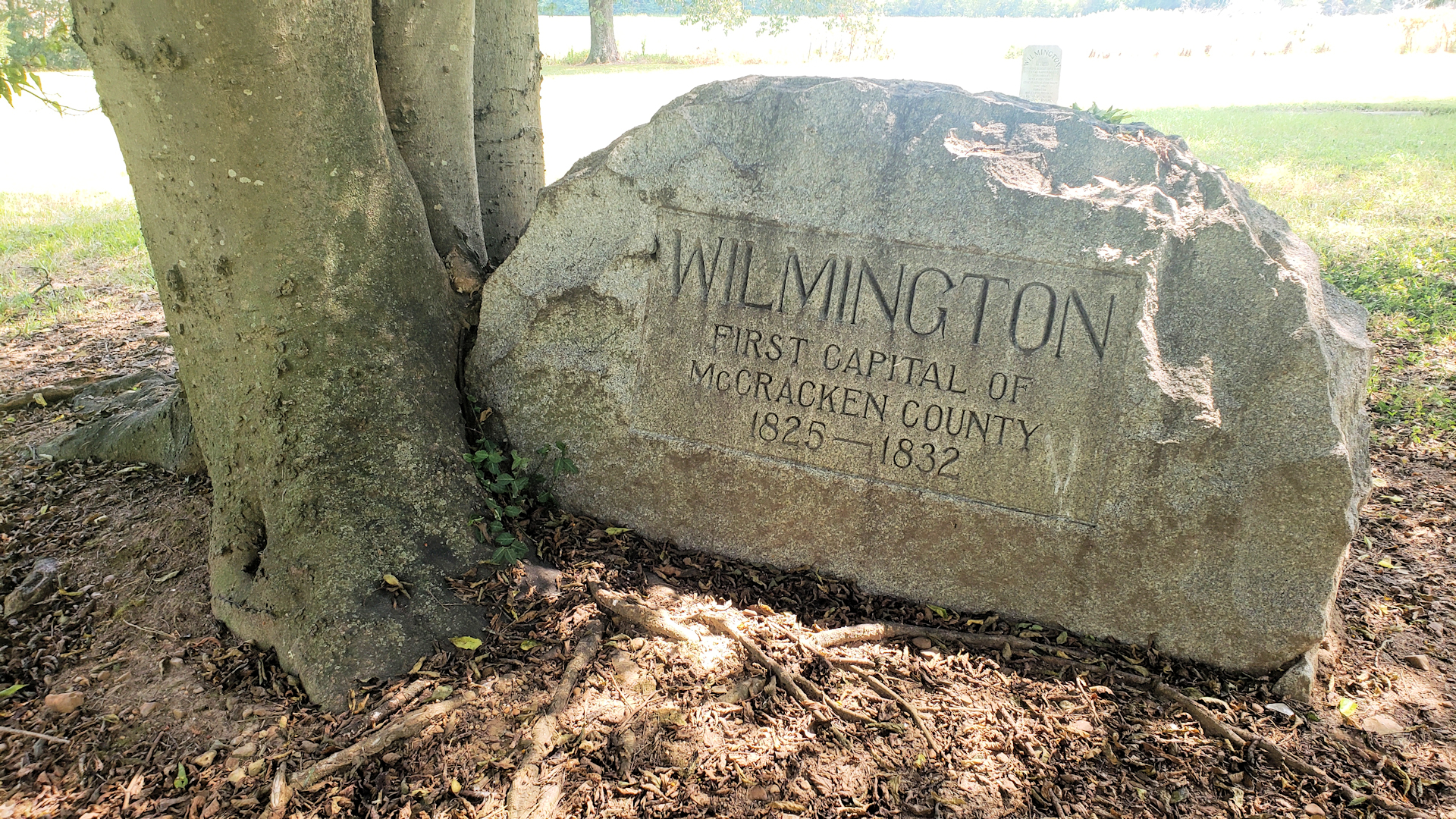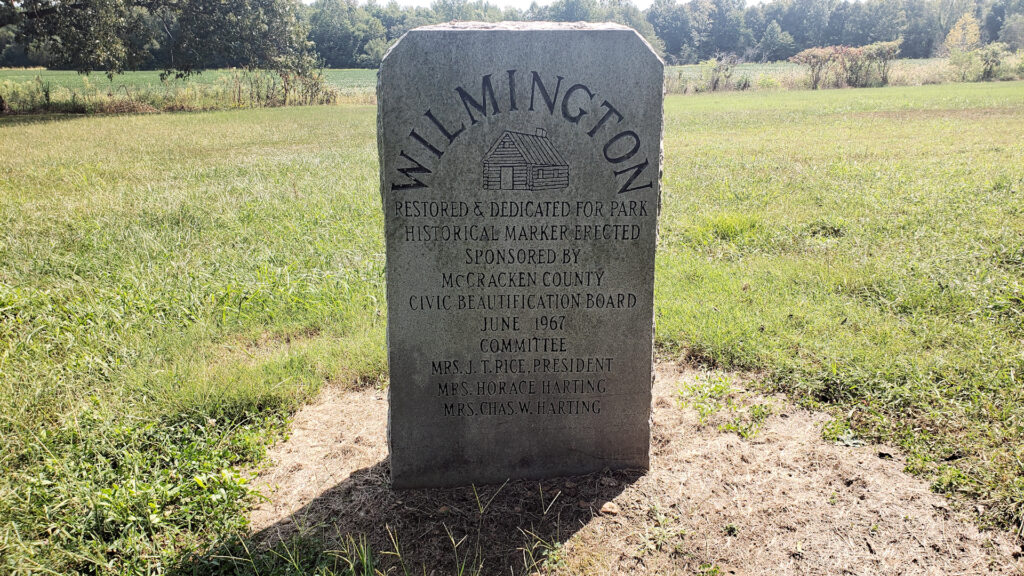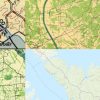Most of today’s towns and cities in the Four Rivers Region played second fiddle to others two centuries ago, living in the shadows of other fledging pioneer towns. Today’s three biggest cities in the Purchase Area – Paducah, Murray, and Mayfield – were irrelevant (or nonexistent) when Wadesboro, Feliciana and Columbia had promising prospects for important trading centers in the early 19th century.
In western McCracken County, about three miles from the ever-expanding sprawl of Paducah, lies the former site of Wilmington. The town was picked as the first county seat of McCracken County when it split from Hickman County in 1825.
A man named Luke Swetman resided there and agreed to hold the first McCracken County Court session on March 21, 1825. He hosted the court for about two and half years, receiving a generous payment of $2 in rent for each time the court used his residence. That’s about $55 in today’s dollars.
The town of Wilmington came to fruition in January 1827 with a plat containing 108 lots across an impressive 102 acres. Eight streets were named, four of those running north and south: East, Water, Main Cross and West. The east-west streets were to be called Clark, Main, Jefferson and South.
As with every good town plan, a public square sat in the middle. An impressive 42 lots sold on the first Monday of that January, with rates ranging from $2 to $23 ($55 to $634 today), bringing in $458.62 ½ (about $12,600 today). Land was cheap back then, even when adjusted for inflation.
On October 12, 1829, plans for a courthouse for McCracken County at Wilmington were produced and a man named Frederick Harper was to build it. On March 8, 1830, the courthouse was completed, inspected, and found satisfactory. Next to the courthouse, a jail was built, which reportedly stood for decades, even into the early 1900s. Official meetings were held at the new courthouse, but not for long.
Despite the sale of the lots and the promising future of Wilmington, never more than a half dozen homes were constructed there. A new town just east of there, located on the banks of the Ohio River, sprang up the same year the as the completion of courthouse in Wilmington. Paducah was the new kid on the block, and its importance quickly overlook the less desirable Wilmington.
The choice of Wilmington for the county seat was short-lived. The Kentucky General Assembly approved moving the county seat to “Paduca” (misspelled in their records) on December 10, 1831 – just 21 months after the finishing touches of the courthouse in Wilmington
The General Assembly records that Paducah become the seat as a “matter of convenience and interest to all.” The final blow to Wilmington occurred shortly afterwards when a flood struck the area along the Ohio River in 1832. A man named Braxton Small had to evacuate the court’s records on a skiff to Paducah, which officially became the seat on March 12. The old Wilmington courthouse was sold on New Year’s Day the following year for $945.
Massac Creek winds through this a part of McCracken County. Google Earth satellite imagery reveals how this area floods with Massac Creek backing up from the Ohio River.
Today, virtually no evidence of the town remains. Accounts of Wilmington say that most of the original dwellings disappeared by the end of the Civil War. A cemetery on Wilmington Road features a couple of monuments where the town once stood. A historical marker can be found at the corner of Wilmington Road and Kentucky 358.
Wilmington’s story joins the ranks of others in the Purchase Area during westward expansion of the early 19th century. However, like Wadesboro and Feliciana, the legacy of these towns can only be found in the history books.
Location of Wilmington
Contributions Wanted
If you have photos or information pertaining to Wilmington, Kentucky you’d like to share, please get in touch with us.
Articles Related to Wilmington
No posts found.
Resources
- The Story of Paducah – Fred Gus Newman – 1920





